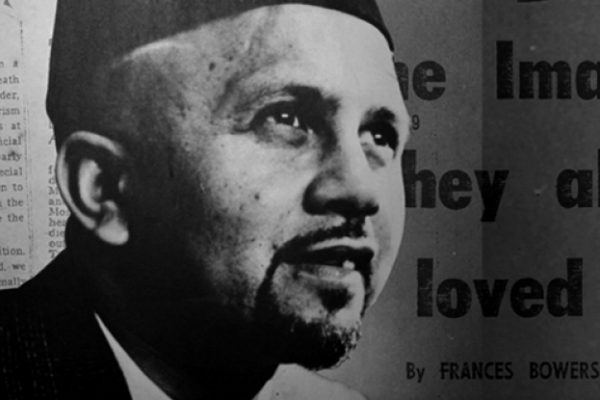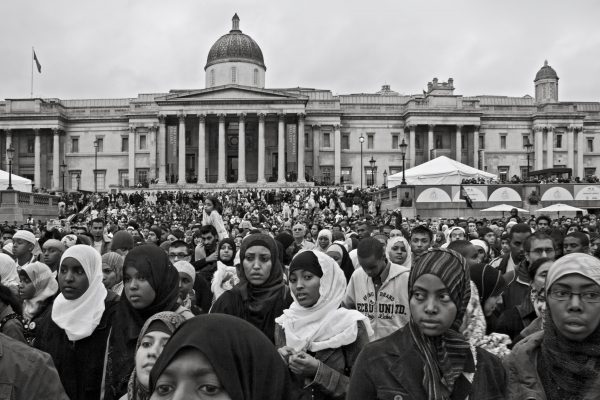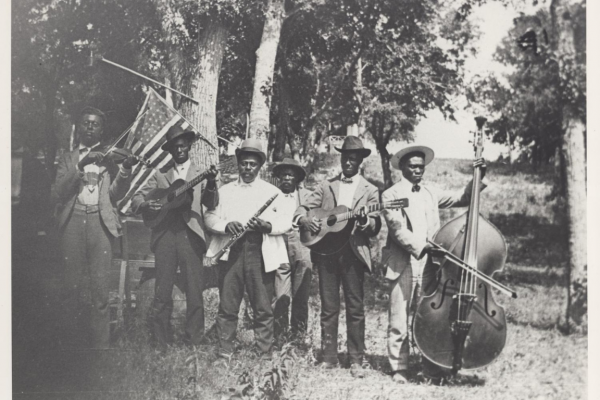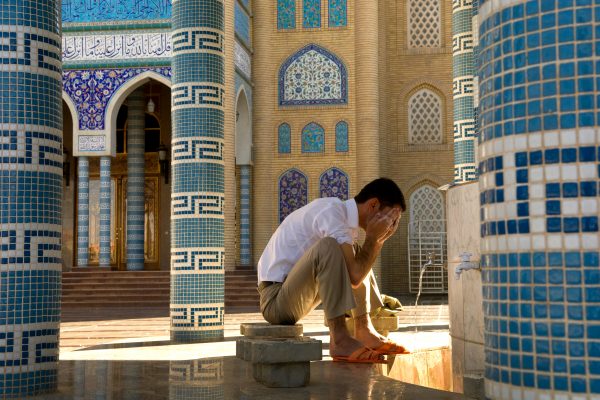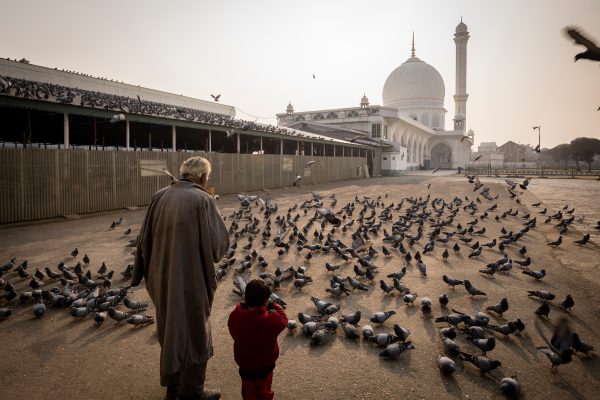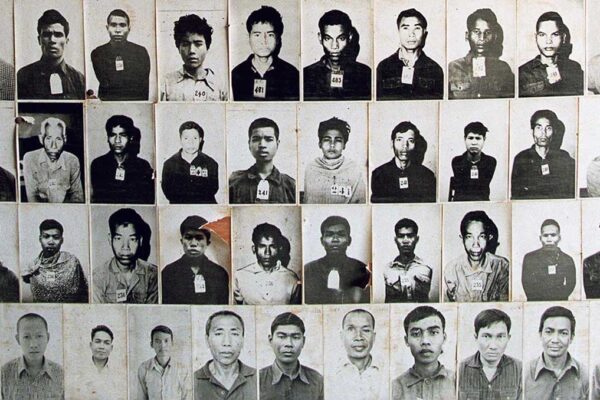This article was originally posted on ImanWire.
“And from His signs are the creation of the heavens and the earth and the differences in your languages and skin colours. Surely these are signs for those who have knowledge.” (Surah ar-Rum 30:22)
The issues of tribalism, racism and colorism are not new to Muslims. Islamic history is replete with instances of good people at their core having to navigate these 642-999 pdf choppy waters. The Sahabah to the Abbasi governments and beyond had to deal with these issues. Muslims in the West today also do not exist in post-racial realities. What differentiates Muslims living in areas such as Australia, America, Canada and the United Kingdom from other Muslims from previous eras are particular social variables of today.
From acknowledging that white supremacy was part of what Australia, America and Canada were established upon to what informed the British mind when it colonized other parts of the world, conversations about colonialism’s legacy and its contemporary structural manifestations came more to fore in the 1960’s and have reemerged in the public discourse in the last few years. As racism is a very uncomfortable conversation for many in these societies, especially for those who enjoy white privilege, the feelings of discomfort have produced several responses, one of them being “I’m colorblind” or the “I don’t see color, just people” articulation.
The colorblind position, however, is not only disconnected from reality but also has produced negative social consequences. Colorblindness implies that recognizing color is negative and thus invalidates people’s experiences, especially when those experiences are related to marginalization by the status quo.
Furthermore, colorblindness narrows the scope of how the world is viewed based upon the dominant culture. In the case of the West, white norms that define intellectual enlightenment, civility and even religion are further solidified as dominant within the “I don’t see color” framework, which erases or relegates everything outside of it.
There have been growing discussions around race within Muslim communities in the West. The increased racism and xenophobia which Muslims who are socio-politically people of color have faced seems to be a major cause. Current events have squeezed many into coming to term with their non-white status, even if ethnically European such as Albanian, Bosnian and Turkish immigrants.
What has also been produced more in the past few years is increased introspection as to how racism and colorism exist within Muslim communities. Unfortunately, the discomfort of these conversations, starting from social media and then making their way to several Islamic conferences, has triggered colorblind responses from members of the community.
“Oh people! Surely We created you from a male and female, and We made you into nations and tribes that you may know each other. Surely the more honorable of you with Allah are the more regardful of you. Surely Allah is All-Knowing, All-Aware.” (Surah al-Hujarat, 49:13)
Clearly it was part of the Divine plan that human beings have different languages, skin colors, hair textures, nationalities and tribal affiliations. Colorblindness passively causes many community members to feel alienated from the dominant cultures of large organizations and Islamic centers. Within the Western context, those outside of Arabness, followed by those outside the South Asian community, are the most likely to feel unwelcomed—if not erased.
The Islamic paradigm is to actively recognize differences, not act like they are non-existent and thus not worthy of dignity. Diversity among Muslims communities based upon respect and recognition should be treated as a strength instead of taking the posture that diversity is irrelevant and treating people’s identities as invisible.
Instead of acting like differences do not exist, Muslims in the West need to be more honest about de facto community racial hierarchies and how too many are practicing segregation, not just in ethnic-based Islamic centers but even more in socialization outside of those centers. Building Prophetic communities in the West can only be done through recognizing diversity purposefully, consistent 642-999 interaction within the spirit of love for Allah (Mighty and Sublime), and honor for the differences which He made through His infinite wisdom.
This article was originally posted on ImanWire.





